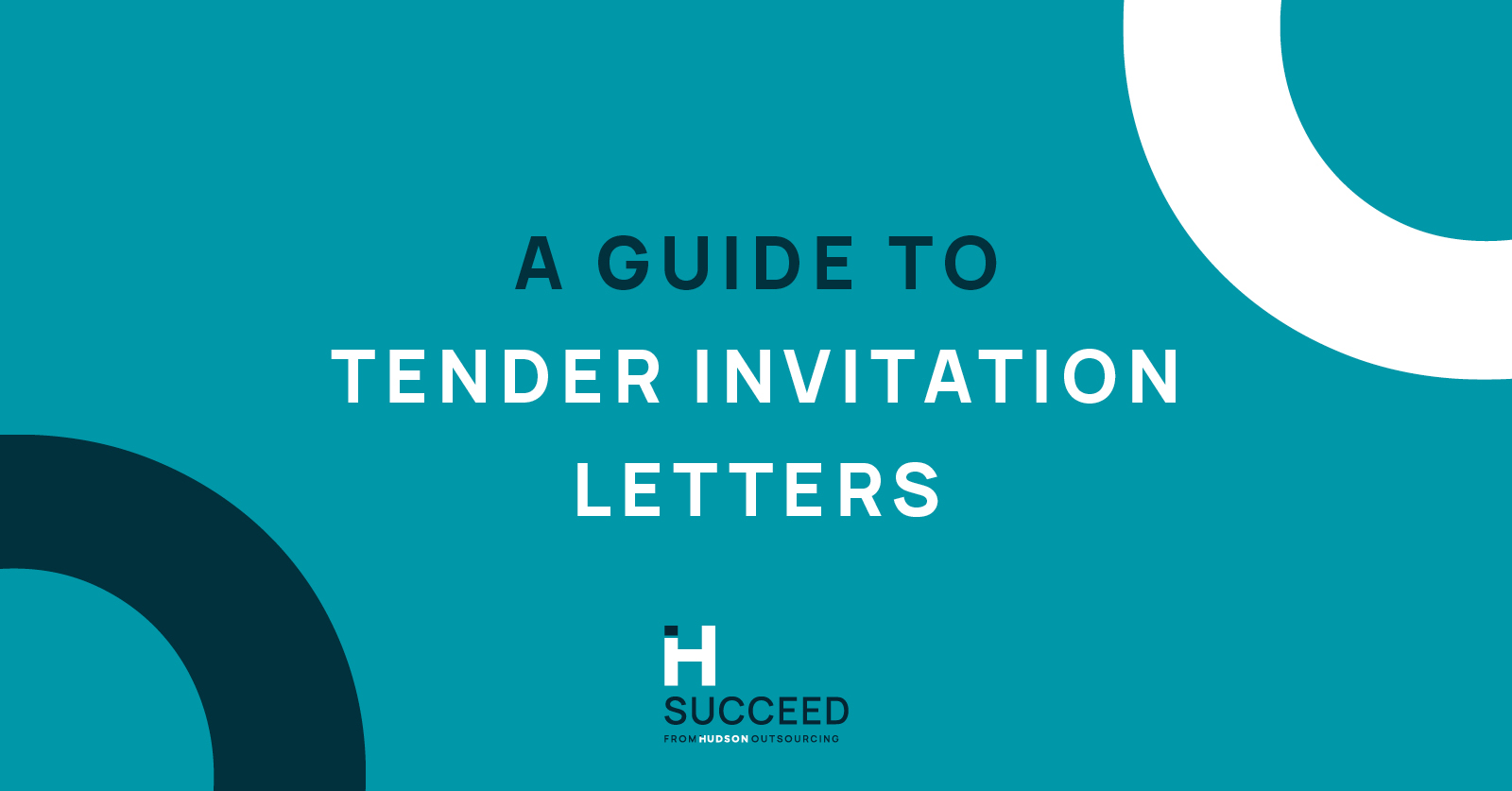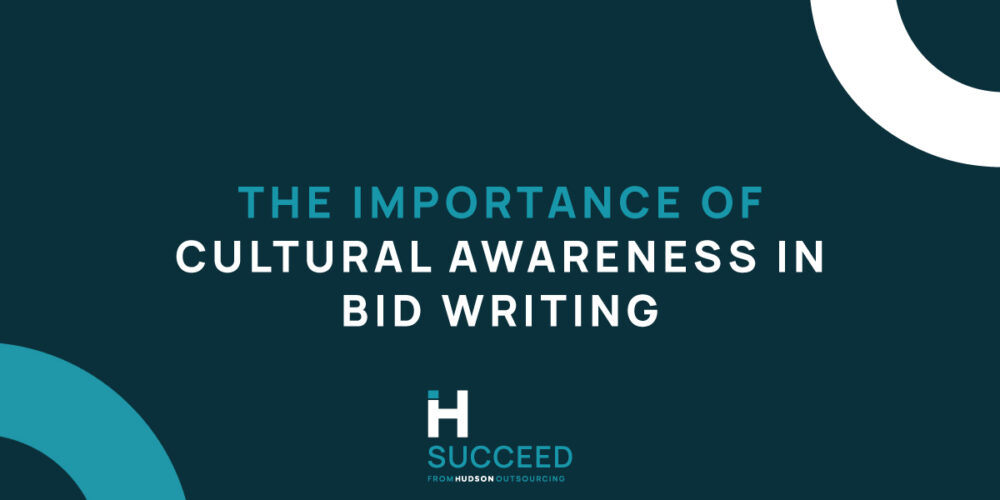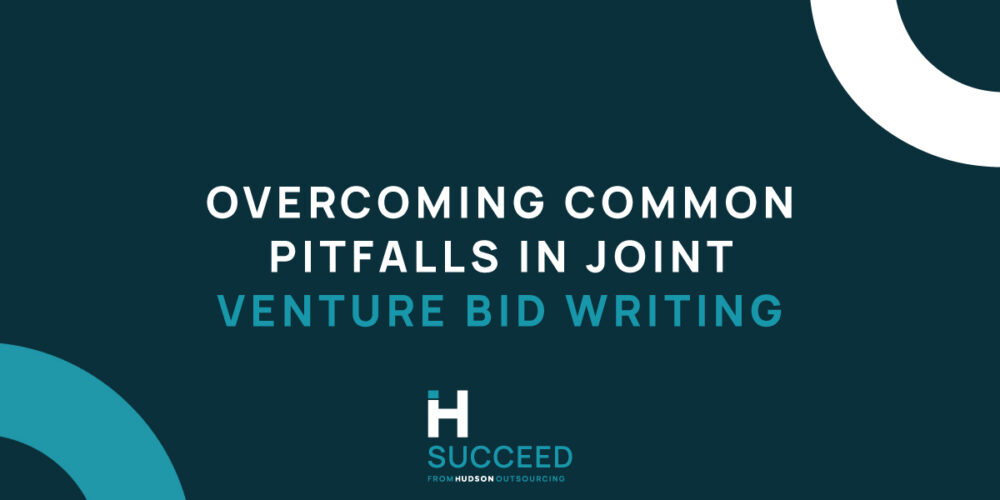Tender Invitation Letters
Last updated: Dec 17, 2021 @ 12:22 pm
Tender Invitation letters can be confusing, especially for first-time tenderers. They are filled with a myriad of seemingly pointless, but important information.
It is sadly often the case that new tenderers, or those who lack experience in the procurement process, are put off by what seems like a needlessly complicated process, and all of its associated literature. But, tender invitation letters are a crucial part of the process. We at Hudson Succeed are here to make sure you aren’t overwhelmed or dissuaded from engaging in the process.
Our dedicated team of bid writing consultants are here to do all we can to help you through what can at first seem like a complex and daunting process. Read on to find out some more information on the first key aspect of the tender process, the tender invitation letter, along with what to expect, what to focus on and how to deal with them. If procurement-related terminology such as this is something you find confusing, then check out our Tender VLE video on “Terminology” for an easy-to-understand guide on key procurement phrases. Tender VLE is the UK’s first, free of charge, online, procurement-focused, virtual learning environment and is full of helpful hints and industry knowledge to help you on the way to tendering success.
What is a tender invitation letter?
A tender invitation letter, or “Invitation to Tender” is usually (but not always) the second, formal part of the procurement process. It is a formal invitation from a purchasing organisation to prospective suppliers, to bid for a contract for goods and services. It usually directs prospective suppliers to bid by completing either financial or quality-related questions about their organisation, or a combination of both.
When will I get one?
A tender invitation is typically preceded by an SQ or PQQ – an initial questionnaire designed to produce a shortlist of prospective suppliers who meet key, primary criteria such as turnover, capacity, and experience. (If you’re wanting to find out more about PQQs and SQs, what they are and what they involve, check out our recent article “A Guide to Tendering in the UK” and our Tender VLE video on “PQQ Basics.” Although this is not always the case. Sometimes, buyers release tender invitation letters directly, either skipping the initial shortlisting stage or incorporating it at the tender stage. Make sure you read and understand the requirements laid out in a tender invitation letter. Don’t fall foul of filling in a tender that somehow made its way online, only to find out that you had to be on a closed list of shortlisted suppliers to be eligible. Unless you are careful, you could end up wasting precious time, resources and money.
What will it look like?
A tender invitation letter could be something as simple as a straightforward, formal letter. This might detail the buyer, their address, a brief overview of their requirements, short instructions, a few points of note, and an expression of thanks for your interest. More often than not, however, a tender invitation letter will include or should be read alongside, a number of additional documents, photographs, and other appendices.
Depending on your organisation sector these might include site plans, consumables lists, exemplary material, past portfolios, site schedules, terms and conditions, and other important documentation.
What should I pay attention to?
In short, everything. Although there are a few details in particular, of which you should take particular note. These include submission deadline and method; any pre-requisites such as insurance, experience or turnover levels; and salient contract considerations such as the presence of TUPE or different pension schemes for staff.
If you don’t meet these initial criteria, or you misunderstand the submission process, then you risk having your submission disregarded. Few organisations can afford to waste time and money like this, so pay attention to the key details.
These can often be buried amongst the documents that accompany a tender invitation letter and are often in the last place you’d expected. So, it’s important to make sure you read everything thoroughly.
We typically advise getting a colleague to look over everything as well. After all, two pairs of eyes are better than one!
Is there anything I should ignore?
You’ve guessed it – No. It is true that many of the details provided in the tender invitation letter and associated documentation might not be immediately relevant. If you’re a cleaning company, for example, the exact particulars of the process for the cleaning of sanitary fittings or carpets or outside spaces that a buyer outlines, might be something to consider further down the line, it’s true. However, whilst it is extremely important to pay more attention to the key considerations such as submission guidance and eligibility criteria, no detail should be overlooked or dismissed. If you need someone else to help you digest all of this information, or just need a helping hand to guide you through, talk to our Hudson Succeed team today!
Digesting it all
So, you’ve received your tender invitation letter along with a huge pack of documents, instructions, site plans, exemplary material, and photographs, to digest. Where do you begin? Here at Hudson Succeed, our team of procurement experts go through a structured process of finding and organising the key information in a tender invitation letter. We call this process, which helps us highlight and digest the most important points in an ITT, a “breakdown.” We comb through the various documents and appendices accompanying the invitation to tender, and extract the following key information:
Make sure you understand who you are bidding to work alongside.
It might sound obvious but make sure you understand the works you are bidding to undertake – this will be summarised by the contract title.
Be sure that you can physically deliver in the specified area.
Make an assessment of whether the budget makes the contract worth it or not. If anticipate spending £4000 in travel costs for a £6000 contract, then it probably won’t be worth your time and effort.
-
Key dates (clarification deadline, submission deadline)
Make sure you know your key deadlines and don’t miss the opportunity to ask questions or hand anything in late. Check out our Tender VLE video on “Time Management” to better understand how to balance workloads and manage priorities, if you’re struggling to meet deadlines or find yourself in a rush.
Understand whether the focus is more on price or quality, allowing you to best direct your resources and efforts.
Make sure you know how to format your response. Many buyers will reject a response if you submit it in the form of a company brochure or branded proposal when they have specified that you must use a pre-formatted response form, for example.
As above, it is vital to understand what it is you will be delivering to ensure you have the capacity, experience, and capabilities to deliver what you are bidding to deliver.
-
Work involved in the submission
Make sure you understand what is expected of you in terms of the submission. Incomplete forms or missing information could delay or jeopardise your submission. If you’re feeling overwhelmed by the work involved in a tender, are unsure where to start, don’t have the time, or need a second pair of eyes, our Hudson Succeed team are here to help. Our dedicated team of professional consultants and bid writers are here to guide you through the tendering process or take the work off your hands altogether.
Following this procedure is a really good way of making sure you extract and understand the key parts of a tender invitation letter and that your submission is on time, relevant and of good quality, and that you bid for appropriate contracts to prevent wasted time, money and resources. If you’d like professional guidance on how to breakdown the requirements of a tender invitation letter, or would like someone to take the work off your hands altogether, speak to our Hudson Succeed team today who will be happy to help you with your Bid Management. They can assist you with tendering for contracts and help you write a winning response. Remember not to fall foul of small mistakes that might cost you greatly in the long-run, as outlined above. If you’d like more information and tips on what to avoid, check out our Tender VLE video on “Common mistakes made.”
Tender VLE
If you’d like more helpful tips and key information on tender invitation letters, and the invitation to tender process, check out our Tender VLE on “ITT Basics”.
Find more helpful tips and advice in our blogs. We cover topics including:










